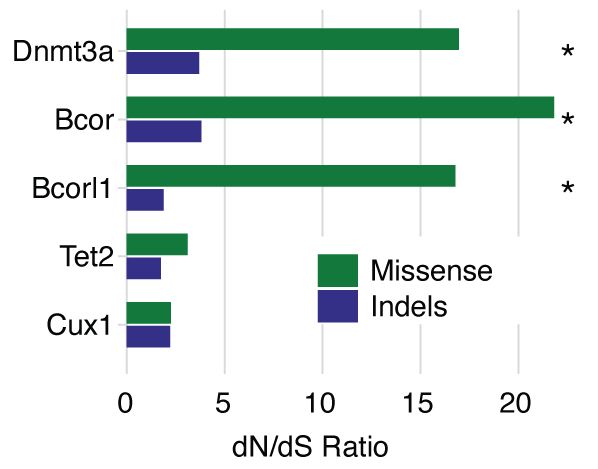rdcu.be/eci1V

rdcu.be/eci1V
@carolinewatson.bsky.social , @thekinglab.bsky.social , @mattyousefzadeh.bsky.social and others.
Thanks to our referees, and funding @NIH and @wellcometrust.bsky.social and others. 16/n
@carolinewatson.bsky.social , @thekinglab.bsky.social , @mattyousefzadeh.bsky.social and others.
Thanks to our referees, and funding @NIH and @wellcometrust.bsky.social and others. 16/n












